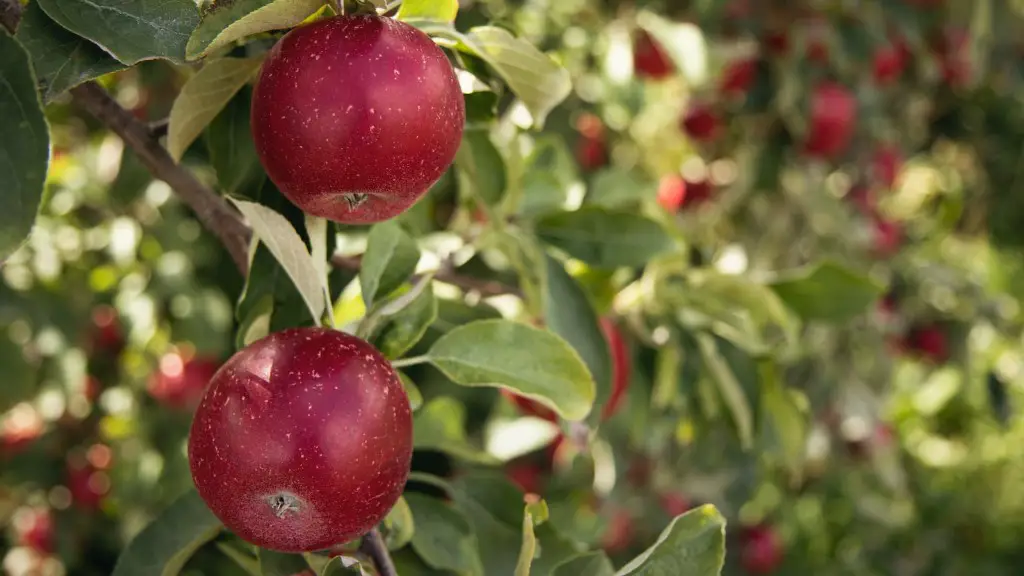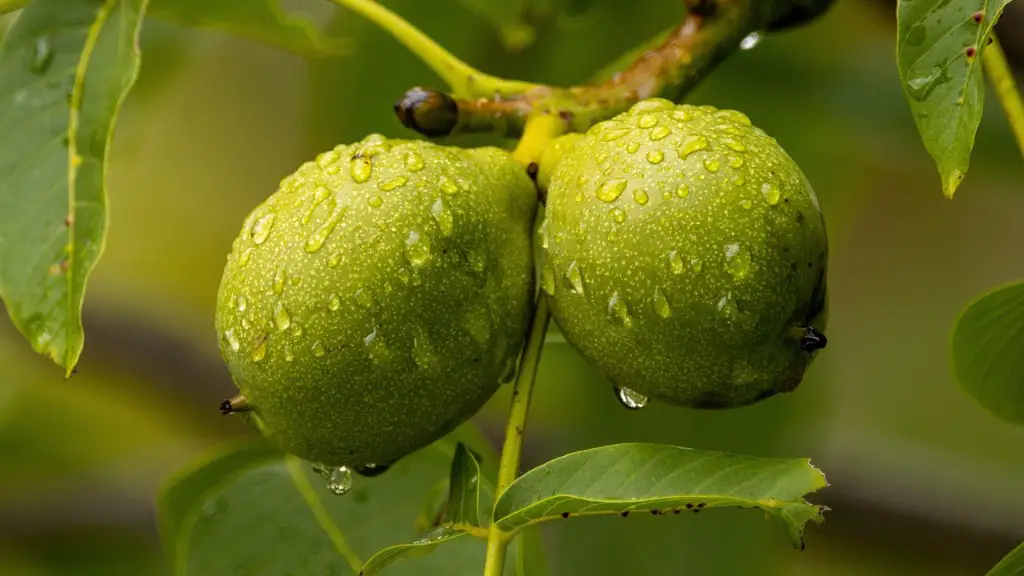When it comes to harvesting, lemons from a lemon tree need to be harvested at the right time. Knowing the best time to pick your lemons can help ensure you are getting the highest quality of fruit. Here are some tips for when to pick your lemons from a lemon tree.
First, the most important indicator of when to pick lemons from a tree is color. When the citrus fruits have achieved a rich, yellow tone, they are ready to be harvested. This typically occurs approximately 60-90 days after flowering. In general, yellow fruits tend to have the highest quality in terms of flavor and juiciness.
In addition to color, harvesting lemons when they are heavy on the tree is important. Lemons that are heavy for their size are often ripe and juicy. This is often true even if the color of the fruit is still green. It is also important to test the fruits with gentle pressure – if they yield to the pressure, they are probably ripe and ready to be harvested.
In terms of when to pick lemons, there are actually four stages of ripeness. The first stage is before the lemons are picked – the fruits are firm and green. The second stage is when the lemons are starting to turn yellow, but still remain firm. The third stage is when the lemons have become a full yellow colour and start to yield to pressure. The fourth stage is when the lemons have become soft and are fully ripened.
Apart from physical indicators, there are also environmental indicators that can help determine when to pick lemons. If the season has been particularly warm, the lemons may ripen faster. If it has been a cooler season, the fruits may take longer to ripen. Additionally, lemons from one tree may ripen at different times, so it is important to check the fruits individually.
Harvesting lemons at the right time
Harvesting lemons at the right time is important, as picking them too early or late can impact the flavour and juiciness of the fruit. Picking lemons too early will result in lemons that are sour and not very juicy, while picking them too late can result in lemons that are not very flavourful and may be overly soft. Knowing the signs of when to pick lemons is, thus, important in order to obtain quality fruits.
Harvesting techniques
Different techniques can be used when harvesting lemons from a tree. It is important not to pull the fruits off the tree, as this can damage the tree. Instead, it is best to use sharp pruning shears to cut the stem as close as possible to the fruit. When harvesting, it is also important to wear gloves to avoid irritating the skin of the hands.
Storing the lemons
Harvested lemons can be stored for up to two weeks in the refrigerator. However, it is important to make sure the fruits are cooled as soon as possible after harvesting to preserve the flavor and juiciness. Additionally, the fruits should be carefully washed and wiped dry before storing in the refrigerator, to prevent them from spoiling.
Recipes using lemons
Once the lemons are harvested, they can be used in a variety of recipes. Lemons are a great addition to salads, deserts and many other recipes. They can be used to add a tangy flavor and provide a great source of Vitamin C. Additionally, the juice from lemons can also be used in cleaning and for making lemonade.
Proper lemon tree care
In order to ensure the lemons from the tree stay at their best, proper lemon tree care is essential. The trees should be checked regularly for pests and diseases, and the soil should be kept moist. Pruning should also be carried out regularly to remove dead or overgrown branches, which can promote healthier growth.
Benefits of growing lemons
Growing lemons is a great way to enjoy fresh, juicy fruits that are full of flavor. In addition to being a delicious treat, lemons are a great source of Vitamin C and antioxidants. Additionally, harvesting the lemons from a tree can be a fun activity that the whole family can enjoy.

